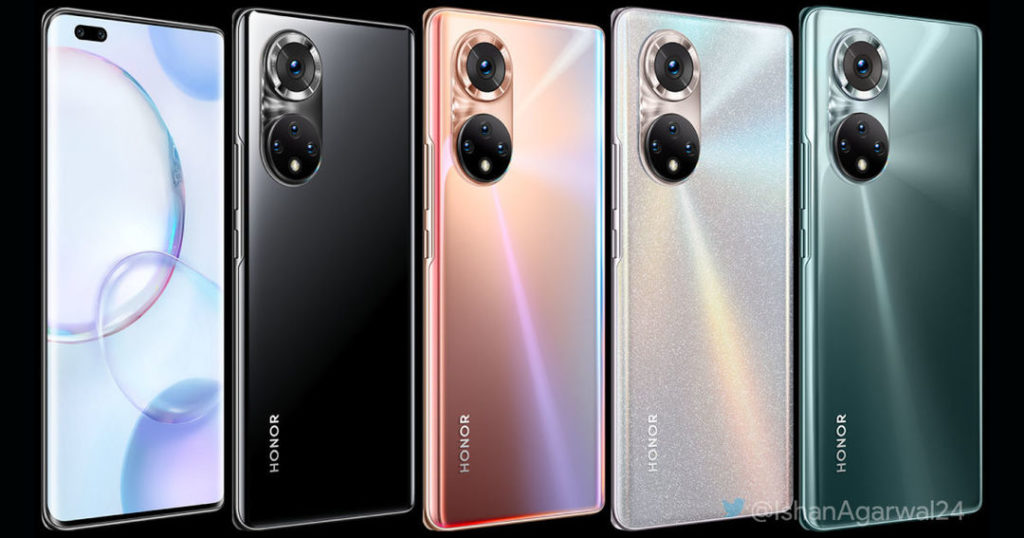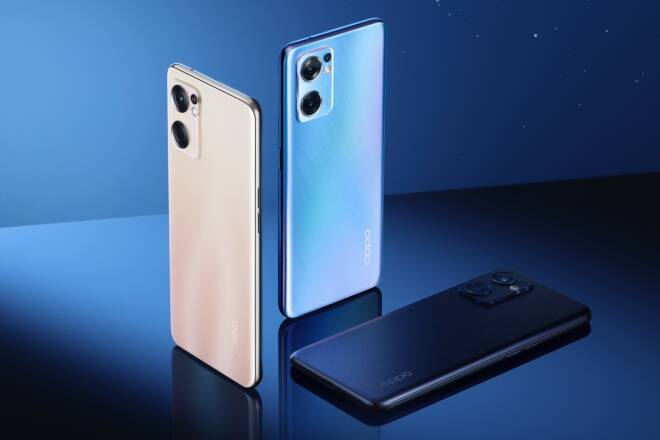Honor 60, Honor 60 Pro Released With 108-Megapixel Cameras, 66W Fast Charging: Check Price And Specifications.
A live event hosted by Honor on Wednesday introduced the Honor 60 and Honor 60 Pro in China. In addition to curved OLED displays, the smartphones have 4,800mAh batteries with fast charging capabilities of 66W. With the Honor 60, you get a Snapdragon 778G SoC, and with the Honor 60 Pro, you get a Snapdragon 778G Plus SoC. With 108-megapixel primary cameras, both phones offer special AI features designed for vloggers, like a ‘Give Me Five’ mode that lets you control videos from a distance with palm and finger gestures.
Honor 60: Specifications And Features
The Honor 60 is equipped with a 6.67-inch full-HD (1080×2400 pixels) OLED display with a 120Hz refresh rate and wide color gamut, according to the company. An 8-megapixel camera with an f/2.2 aperture, a 2-megapixel depth sensor with an f/2.4 lens, and an 8-megapixel camera with an f/2.2 aperture make up the phone’s primary camera. In the smartphone, the Snapdragon 778G SoC is combined with 12GB of RAM and 256GB of storage.
It comes with the same Vlog mode, which includes AI features aimed at vloggers, and the company demonstrated a ‘Give Me Five’ feature, which allows users to start their vlogs themselves from a distance by making gestures with their hands. The smartphone has a 4,800mAh battery that can be charged at a rate of 66W using USB Type-C. The phone is also equipped with NFC, Bluetooth 5.2, and Wi-Fi 6, as well as an in-screen fingerprint scanner. Honor’s MagicUI 5, which is based on Android 11, will power the Phone.

Honor 60 Pro 5G: Specifications And Features
The HONOR 60 Pro 5G will have a 6.78-inch OLED FHD+ display with a resolution of 2652 x 1200 pixels, a pixel density of 429 PPI, curved edges, a DCI-P3 color gamut, a punch-hole cutout in the middle, and a 10-bit color panel. The display panel has a 120Hz refresh rate and a 300Hz touch sampling rate, which is ideal for gamers.
A 108MP (f/1.9) main camera sensor, a 50MP (f/2.2) ultra-wide camera that can also be used as a macro camera, and a 2MP (f/2.4) depth sensor make up the device’s camera setup. The front camera on the Honor 60Pro 5G is 50MP (f/2.4), ideal for selfies and video chats.
The Qualcomm Snapdragon 778G+ chipset with Adreno 642L GPU powers the Honor 60Pro. For security, there is a fingerprint sensor embedded in the display. It’s powered by Android 11 with MagicUI 5.0, and it has 5G, 4G LTE, Wi-Fi 6, Bluetooth 5.2, NFC, GPS, and a USB Type-C port for charging and data transfer. It weighs 192 grams and has a 4,800mAh battery with 66W fast charging support. It measures 163.9 74.8 8.19 mm and measures 163.9 74.8 8.19 mm.
Price And Availability
The HONOR 60 starts at $424.06 for the 8GB RAM and 128GB storage base model. The 8GB/ 256GB and 12GB/ 256GB variants cost $470.73 and $517.40, respectively. Then there’s the HONOR 60 Pro, which comes in two colors: $580.08 for the base model with 8GB RAM and 256GB storage, and $628.80 for the 12GB/256GB configuration. The two smartphones will be available for pre-order in China later today, with delivery beginning on December 10th. Both are available in Black, White, Blue, and Green options.




